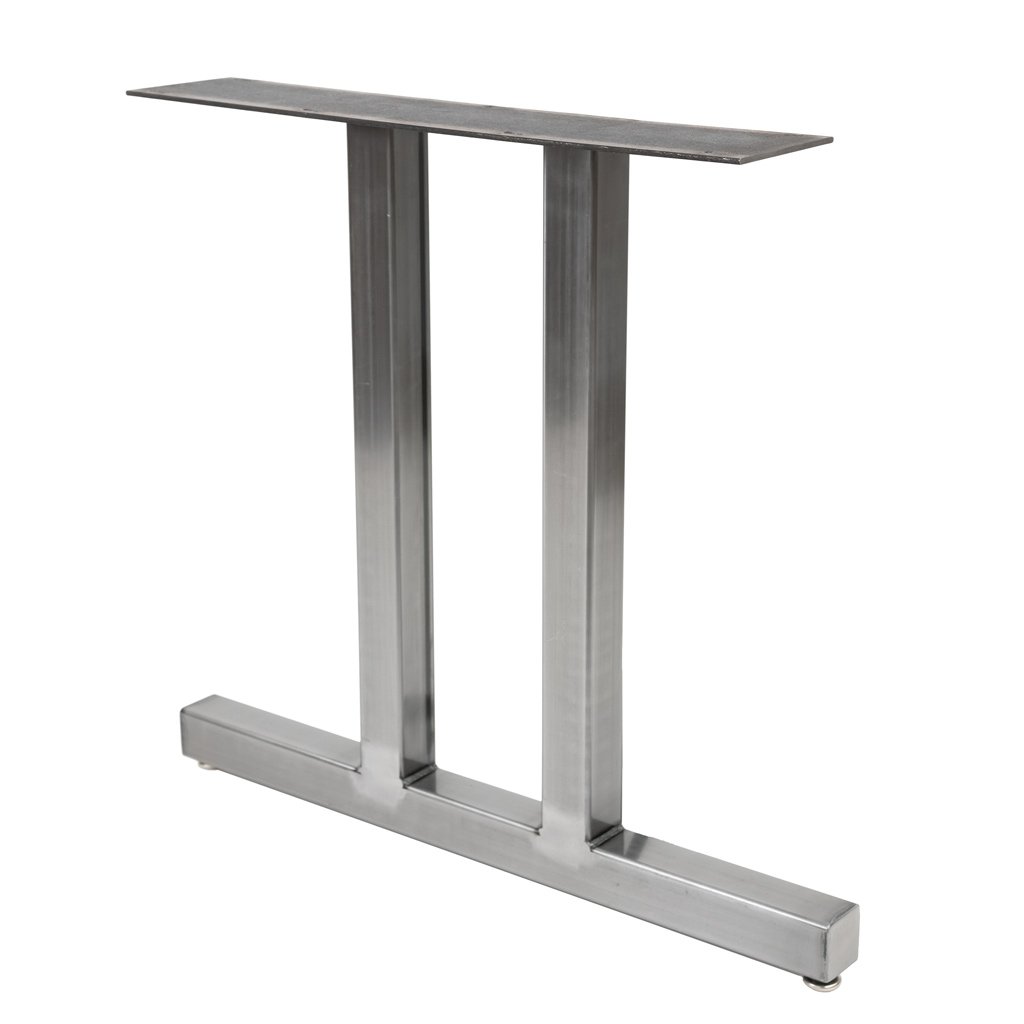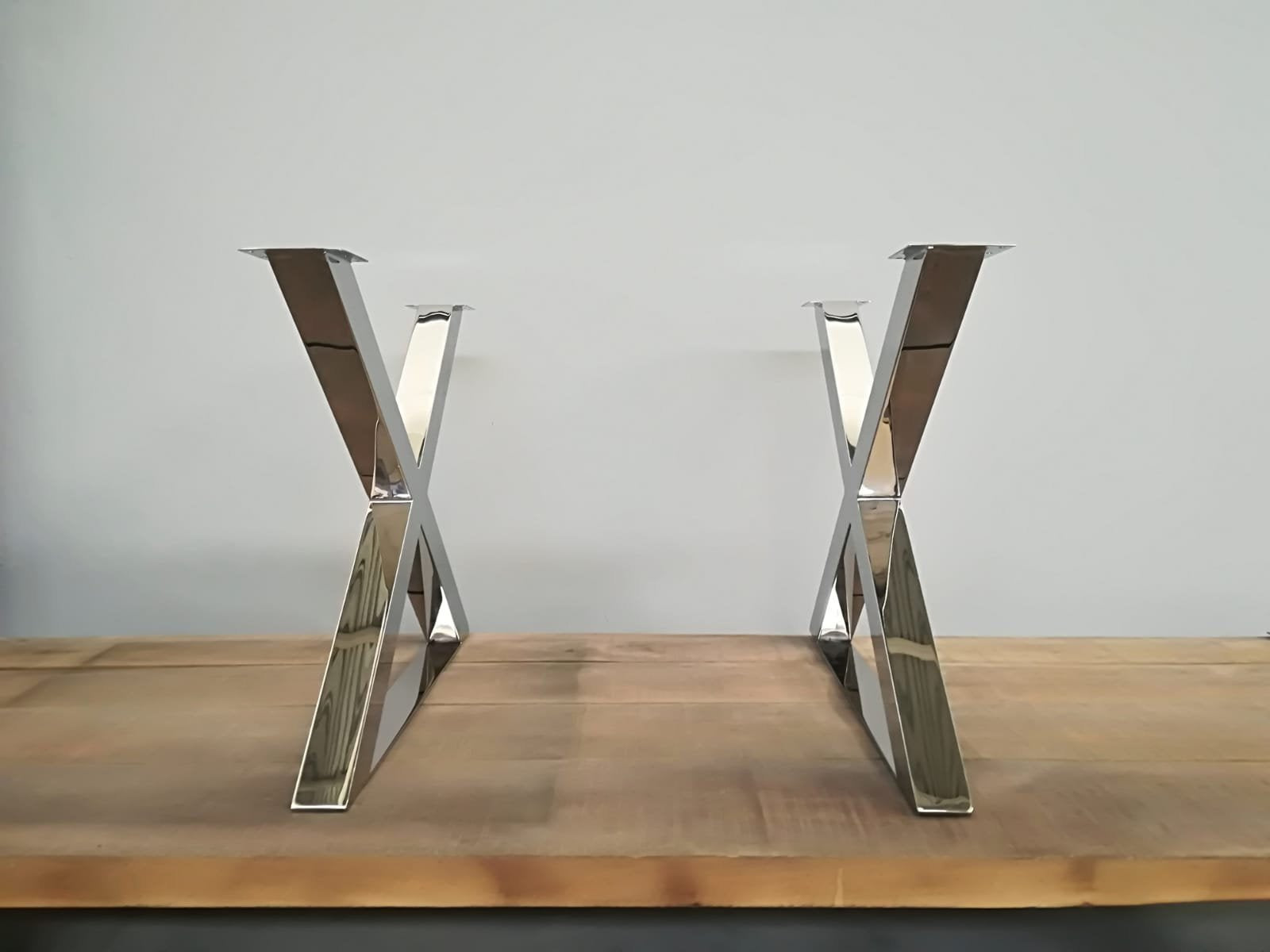Creative Ideas for Replacing or Refurbishing Your Dining Room Table Legs
Creative Ideas for Replacing or Refurbishing Your Dining Room Table Legs
Blog Article
From Traditional to Modern: Find the Ideal Eating Room Table Legs for Your Design
The option of dining-room table legs plays a crucial function in defining the total character of your room, linking the void in between typical craftsmanship and modern aesthetics. While classic layouts such as cabriole and turned legs stimulate a sense of ageless class, modern designs like hairpin and geometric alternatives present an opportunity for striking visual rate of interest. Reviewing the best balance in between these styles calls for a nuanced understanding of your existing décor and individual preference. As you consider these components, the question remains: how can you seamlessly integrate these varied leg styles to produce an unified dining experience?
Recognizing Table Leg Styles
The variety of dining-room table leg styles can significantly influence both the appearances and capability of the room. Each leg design contributes special aesthetic aspects and functional functions, providing to diverse design preferences and usage needs. Recognizing these designs is critical for selecting the appropriate table that lines up with your general interior style vision.
For example, conical legs use a clean, classic look that can enhance an area's sophistication, while pedestal bases provide stability and optimize legroom, making them optimal for smaller rooms. Barrette legs, a characteristic of mid-century modern-day style, introduce a commercial flair, allowing for a ventilated, open feel. Trestle legs stimulate rustic beauty, supplying robust assistance and a sense of timelessness.
Wooden legs can bring heat and appearance, whereas metal alternatives usually communicate a streamlined, contemporary vibe. Eventually, understanding table leg styles is necessary for creating a cohesive eating area that mirrors individual style while guaranteeing usefulness and convenience.
Conventional Table Leg Options
When choosing eating space table legs, conventional choices commonly symbolize timeless style and workmanship. These layouts reflect a rich heritage and a commitment to top quality, making them perfect for those who value traditional aesthetic appeals.
One of the most legendary traditional leg styles is the cabriole leg, identified by its graceful curved shape. This design frequently includes decorative makings and is most typically discovered in Queen Anne and Chippendale furnishings. Another popular option is the turned leg, which boasts a collection of smooth, rounded shapes that give a timeless appearance while preserving stability.
Additionally, the straight leg, while basic, offers a unadorned and sturdy framework that can mix effortlessly with a range of tabletop styles. For those drawn to ornate outlining, claw-and-ball feet legs evoke a feeling of majesty and can act as a stunning focal point in any type of dining room.
Last but not least, stand bases, although not purely legs, give an alternate conventional option that enables adequate legroom and can be magnificently carved. Each of these traditional leg designs adds to the overall setting of an eating room, weding function with visual charm.

Modern Table Leg Designs
Modern table leg styles provide a varied variety of basics designs that emphasize ingenious materials and clean lines. These layouts frequently focus on performance while functioning as striking centerpieces within an eating space. Minimalist appearances prevail, with legs crafted from products such as metal, glass, and engineered wood, which add to a ventilated and modern feel.
One preferred design is the barrette leg, characterized by its slim, conical framework that offers security without overwhelming the tabletop (dining room table legs). This design is often discovered in mid-century modern-day furniture and can effortlessly enhance various eating table forms. An additional trend is using geometric forms, where legs might handle asymmetrical or angular types, including aesthetic interest and a touch of creativity

Blending Styles for Unique Rooms
Often, homeowners look for to produce distinct dining special info rooms that mirror their individual design by mixing different style elements. This approach permits the unification of varied aesthetics, causing an unified yet distinctive setting. Combining a rustic wooden table with streamlined, contemporary steel legs can produce an eye-catching comparison that raises the room's general appeal.
In addition, incorporating vintage table legs with modern tabletops can stimulate a sense of background while maintaining a modern sensibility. Such mixes not only showcase individual taste yet likewise encourage creative thinking, allowing house owners to curate a space that really feels both personal and inviting.
Shade plays a critical role in this mixing procedure; picking table legs that match or comparison with the existing color plan can boost visual interest. Whitewashed legs can soften the boldness of a dark table surface area, producing a well balanced visual.
Tips for Choosing the Right Legs
Choosing the right table legs is crucial for achieving both performance and visual allure in your dining area. Begin by taking into consideration the general style of your room. Standard setups gain from legs that feature complex carvings or turned styles, while contemporary areas might ask for smooth, minimalist designs.
Following, assess the height and security of the legs. dining room table legs. Conventional dining tables vary in between 28 to 30 inches in elevation, so guarantee the legs enhance this dimension for convenience. Additionally, durable products, such as wood or steel, can enhance stability and longevity
Assess the leg form too-- alternatives consist of right, tapered, or stand layouts. Straight legs offer a classic look, while tapered legs can add a touch of elegance. Pedestal bases provide adequate legroom and are excellent for smaller sized rooms.
Verdict
In recap, picking the excellent dining room table legs calls for mindful factor to consider of both typical and modern-day designs. Standard choices such as cabriole and turned legs offer timeless sophistication, while contemporary styles like hairpin and geometric forms give a modern touch. By integrating leg design, elevation, and material with the total browse around this site decor, a natural and welcoming ambience can be accomplished. Ultimately, the picked table legs must show the preferred aesthetic, enhancing the eating experience within the area.
The variety of eating space table leg styles can dramatically influence both the aesthetic appeals and functionality of the area. Ultimately, understanding table leg styles is essential for creating a natural dining location that shows personal style while making certain functionality and convenience.One of the most renowned typical leg designs is the cabriole leg, defined by its stylish bent shape. Straight legs use a traditional appearance, while tapered legs can add a touch of style.In summary, choosing the suitable dining space table legs calls for careful consideration of both typical and modern-day designs.
Report this page